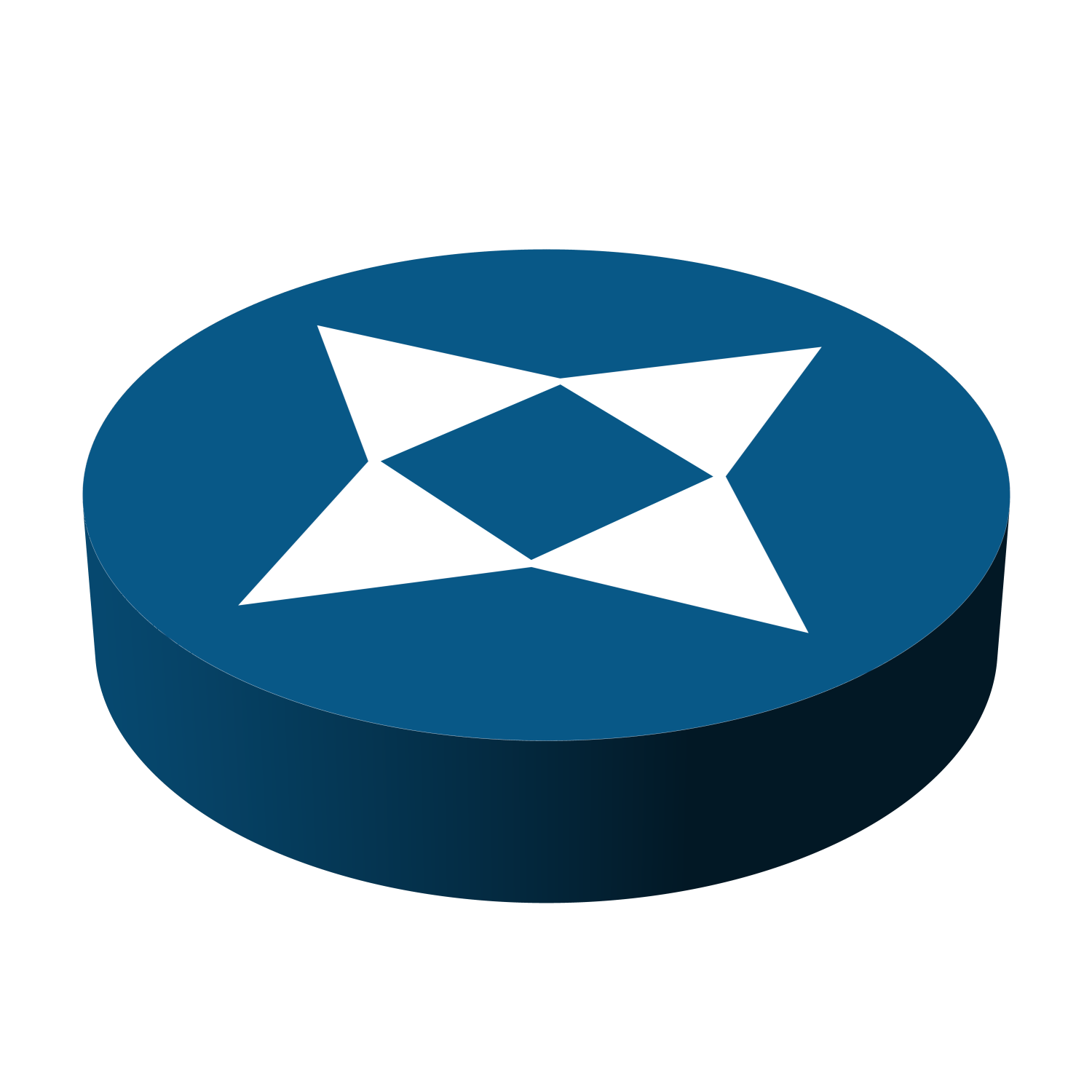CCNP Enterprise Core (350-401)
-
DSCP Per-Hop Behaviours: Summary Table
DSCP Class DSCP Value Binary DSCP Value Decimal Drop Probability Legacy IP Precedence Conversion DF (CS0) 000 000 0 0 CS1 001 000 8 1 AF11 001 010 10 Low 1 AF12 001 100 12 Medium 1 AF13 001 110 14 High 1 CS2 010 000 16 2 AF21 010 010 18 Low 2 AF22…
-
DSCP Per-Hop Behaviour: Expedited Forwarding
Expedited Forwarding can be used to built a network that is low in latency, loss, and jitter with assured bandwidth between a client and its destination. Expedited forwarding guarantees a bandwidth rate with a minimum departure rate and the lowest possible delays with specialised low-latency queuing. Expedited forwarding also prevents starvation of other applications or…
-
DSCP Per-Hop Behaviour: Assured Forwarding
Assured Forwarding will ensure that certain amount of bandwidth is reserved to an assured forwarding class, and will allow access to extra bandwidth if it available on the link. Packets that will utilise assured forwarding will have a field format of XXXYY0. XXX represents the binary value of the assured forwarding class, which is between…
-
DSCP Per-Hop Behaviour: Default Forwarding
Default Forwarding and CS0 provide best-effort behaviour and use a Differentiated Services field value of 0000 00. This field value can be set on packets that are not or cant be classified by a quality of service mechanism such as queuing, shaping or policing. It can happen when a quality of service policy is incomplete…
-
DSCP Per-Hop Behaviour: Class Selector
The Type of Service field was replaced by the DiffServ field. The Class Selector behaviour provides backwards compatibility to IP Precedence. In IP Precedence, packets with a higher value would be forwarded quicker than packets with a lower value. The first three bits of the DSCP Field are used to identify the IP Precedence to…
-
Quality of Service: Layer 3 Marking
Layer 3 marking allows a more persistent method of marking packets over an end-to-end transmission. Layer 2 marking has the disadvantage that class of service information may be lost if a packet travels a non-802.1Q link. Quality of Service marking in a Layer 3 packet uses the Type of Service field, 8 bits in length.…
-
Quality of Service: Layer 2 Packet Marking
Packets can be marked with quality of service relevant information in the 802.1Q standard. 802.1Q standard specifies the implementation of VLANs in packet switched networks with two fields, each two bytes in size. The first is a Tag Protocol Identifier, and the second is Tag Control Information. The fields are inserted after the Source MAC…
-
Quality of Service: Packet Marking
Packet marking in quality of service colours a packet by modifying a field within the packet or frame header with a traffic descriptor. By adding the traffic descriptor it allows other mechanisms within quality of service to identify and apply an action to that packet. (Shaping or queuing for example) Packets are marked as they…
-
Quality of Service: Layer 7 Classification
NBAR2, Next Generation Network-Based Application Recognition, is a packet inspection engine that can classify and identify a variety of protocols and applications using the packets layer 3 to 7 data. NBAR2 can recognise more than one thousand applications, with new update packs being released for recognition of new and emerging applications. A protocol pack update…
-
Quality of Service Classification
Classification of packets is part of a Quality of Service mechanism that distinguishes between different traffic streams. Traffic descriptors categorise an IP packet to a specific class. Classifying packets should take place at the network edge as close to the source of the traffic as possible. Once the packet has been classified, it can be…
